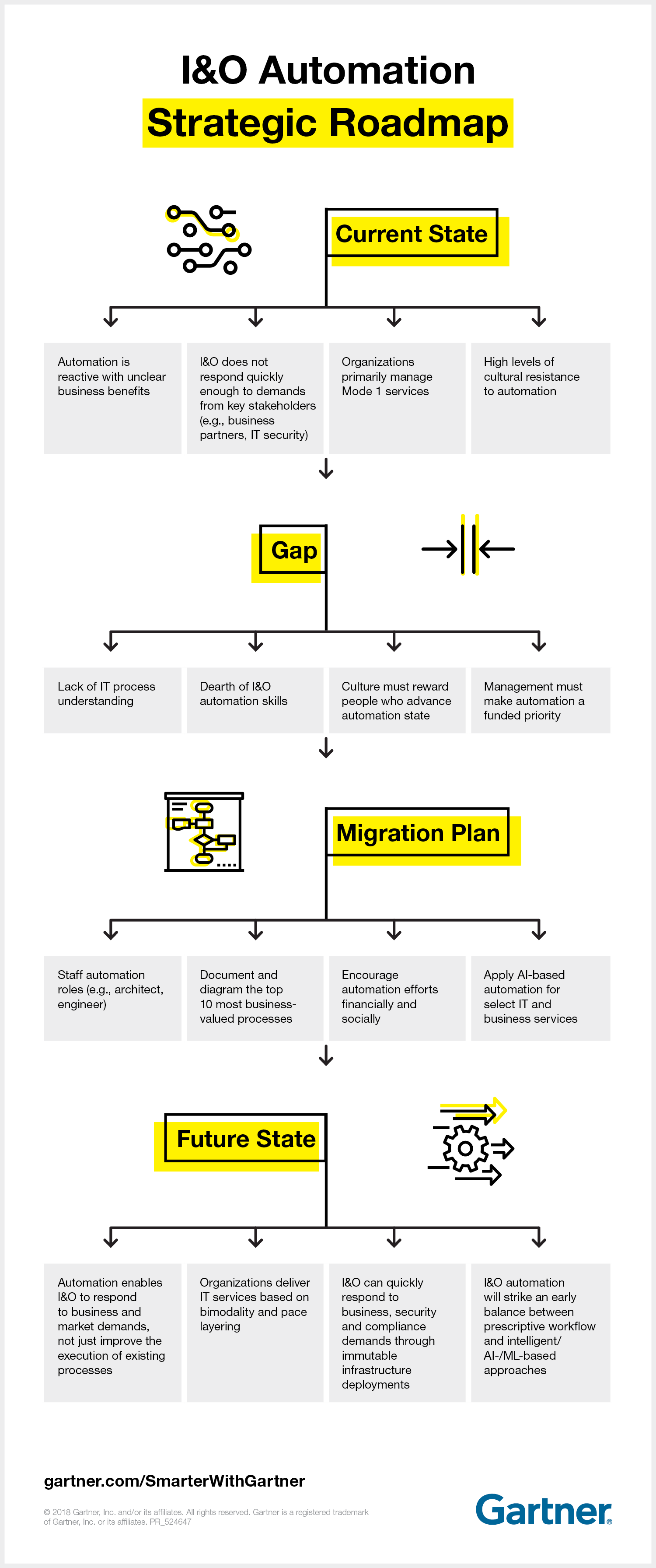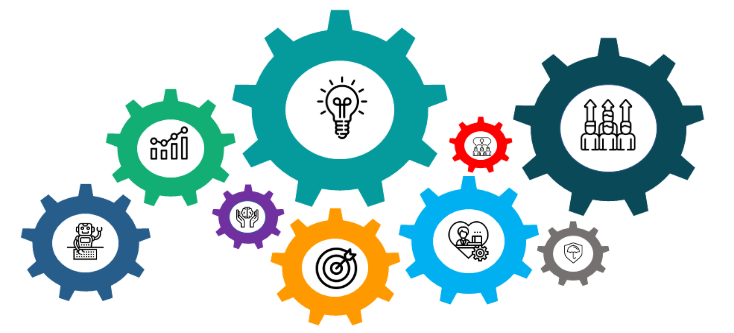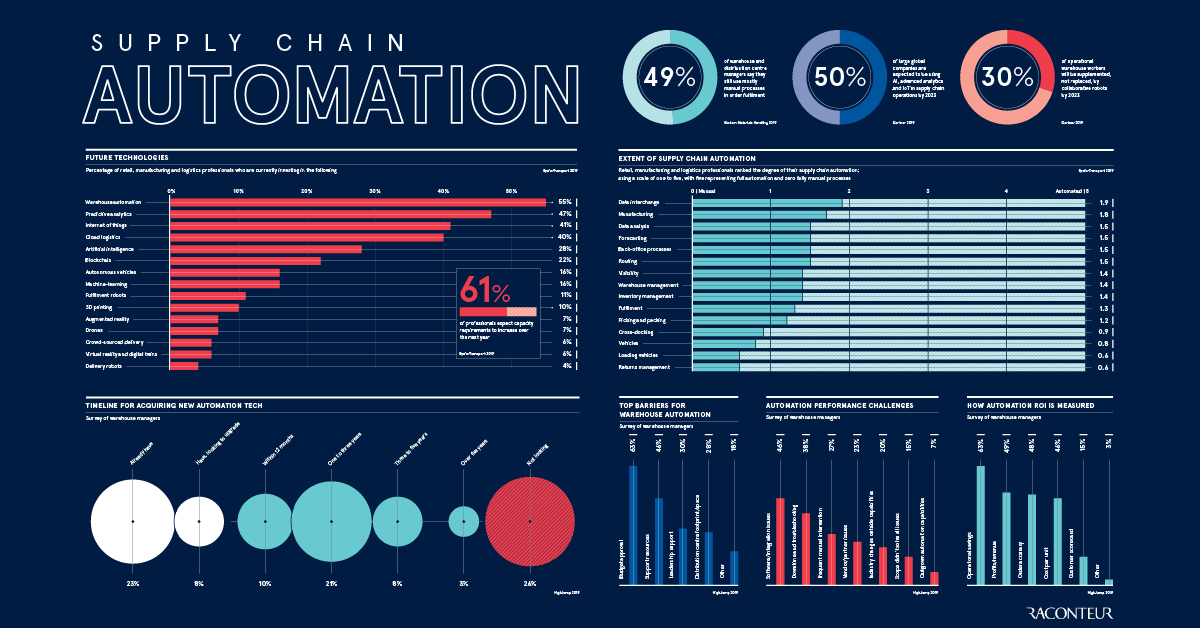Sign Up for Our
Updates
Hyperautomation refers to an approach where organisations rapidly identify and automate as many business processes as possible, using tools such as machine learning, packaged software and automation.
An organisation on track to hyperautomation will have tackled dozens of automation initiatives, lowered process lead times, lowered costs, and be constantly monitoring their bots to identify the next task to automate. They may also have introduced some AI applications into their processes and be starting to realise long term business value.
If you are in the early stages of your automation journey, it may feel challenging to lay out a roadmap to achieve this. However, there are some straightforward ways you can optimise your organisation for hyperautomation in the future.
Let's run through the three key steps to achieve hyperautomation.
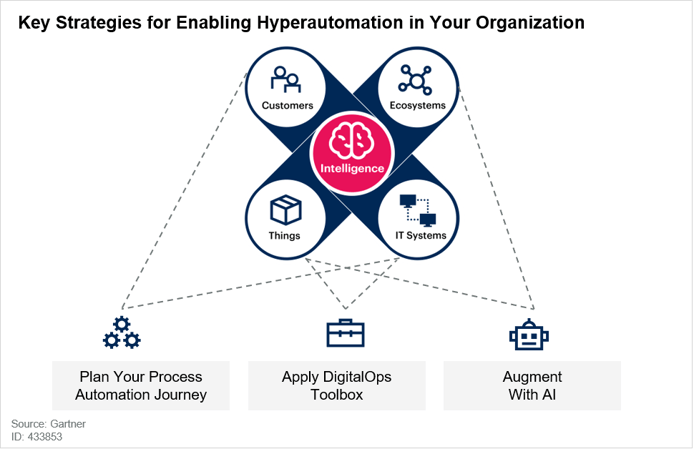
Step 1 - Plan Your Process Automation Journey
According to a McKinsey survey, more than two-thirds of businesses plan to automate elements of their infrastructure and operations to enable responsiveness to customer needs, efficiency, reliability, cost reduction and risk mitigation. However, with only 4% of automation projects reaching a 50 robot scale, it is clear that better planning and implementation is needed to achieve the full potential of hyperautomation.
The first step towards hyperautomation is to create a long-term roadmap. Some of the critical challenges to automation maturity have been difficulty driving cultural change, lack of internal skills and insufficient investment into automation capabilities, as laid out in the below I&O Automation Strategic Roadmap.
Therefore, stage one involves:
- Determining how you plan to evaluate process quality
- Identifying high-value opportunities
- Assessing automation tools that scalable
- Developing a change management plan
- Determining the primary risks of the project (for example, time, monetary, productivity)
- A method and key metrics to monitor and evaluate project success
- Defining the ongoing business funding for automation
A robust plan will look at the overall business automation strategy rather than single business processes alone and include a path to scale up automation efficiently and manageably.
Step 2 - Apply DigitalOps Toolbox
In the next step, you start to apply your DigitalOps Toolbox to current business processes. The DigitalOps toolbox contains all of the tools you need to integrate automation into your business processes and monitor, manage and optimise the end-to-end automation process.
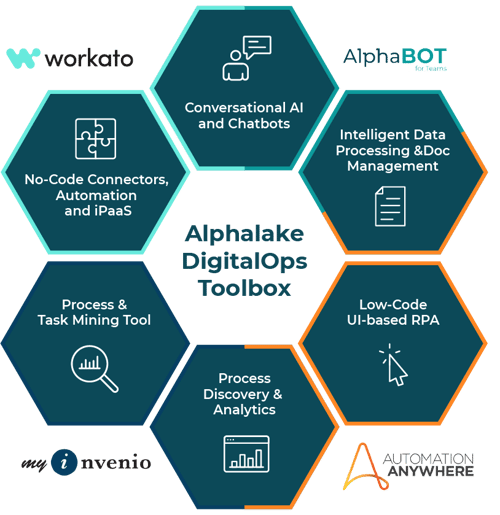
As you can see above, our DigitalOps Toolbox includes the following:
- No-Code Connector Automaton and iPaaS - fast and cost-efficient custom software development and platform integration for data sharing
- Process and Task Mining Tool - see the frequency and main path of your process and identify the ideal process workflow
- Process Discovery and Analytics - discover and map current business processes, user interaction and dependancies
- Low-Code UI RPA - mimics repetitive structured tasks
- Intelligent Data Processing - converting and interpreting unstructured data
- Conversational AI and Chatbots - bridges the gap between computer language and human language to facilitate an optimal user experience
Here at Alphalake, we talk a lot about the importance of a holistic automation approach. The healthcare industry is currently embracing RPA as a solution to back-office efficiency, and while RPA plays an important role, as you can see above, it is merely one tool within your toolbox.
Step 3 - Augment with AI
To truly realise the potential of hyperautomation, organisations need to augment their human workers and automated workflows with augmented intelligence. This human-centric partnership model where AI and people work together to enhance performance and outcomes will prove to be a game-changer within the health industry.
“Augmented intelligence is all about people taking advantage of AI,” said Svetlana Sicular, research vice president at Gartner. “As AI technology evolves, the combined human and AI capabilities that augmented intelligence allows will deliver the greatest benefits to enterprises.”
We already see wonderful examples of this in the medical imaging space, with overworked radiologists being supported by technology; automation is providing standardised reporting, AI is being used for pattern recognition in imaging data, and modernised data storage solutions allow for lossless medical image compression and storage.
To leverage the true value of automation in your organisation, it is crucial to set a solid foundation from the outset. If you are interested in specific advice or consultancy services to help you optimise your organisation for hyperautomation, we would love to chat.
